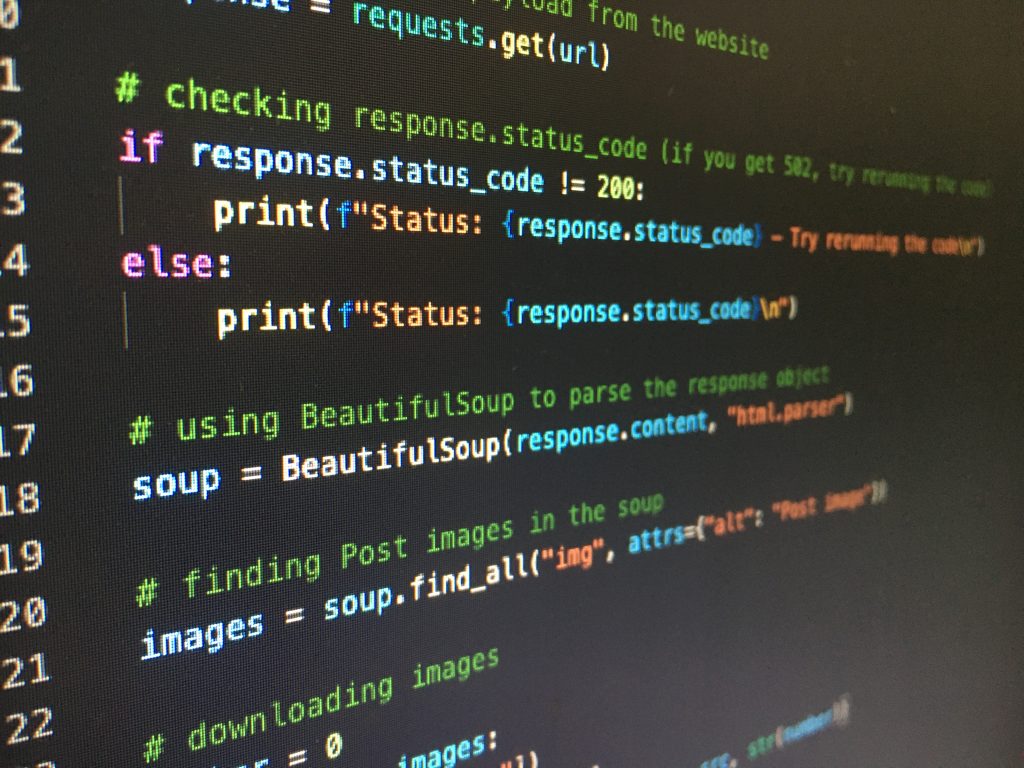Regular expressions, also known as regex, are a powerful and flexible tool for working with text data. They are useful for a wide range of tasks, including:
Searching: Regular expressions allow you to search for specific patterns in text data. You can use them to find all occurrences of a pattern in a string, or to search for a pattern in a larger text file or dataset.
Matching: Regular expressions allow you to match specific patterns in text data. You can use them to check if a string conforms to a certain pattern, or to extract specific pieces of information from a larger string.
Manipulating: Regular expressions allow you to manipulate text data in various ways. You can use them to replace certain patterns with other values, to split strings into smaller substrings, or to remove unwanted characters or patterns.
Validating: Regular expressions can be used to validate the format of text data, such as email addresses, phone numbers, and other types of information.
Overall, regular expressions are a valuable tool for working with text data in data science, and they can save you time and effort when dealing with large datasets or unstructured data. In this blog post, we'll cover the fundamentals of regex as well as some little-known functions.
Basic syntax
The basic syntax of regular expressions consists of a pattern to match, surrounded by forward slashes (/) or other delimiters. For example, the regex pattern /cat/ would match the string "cat" in the text "the cat in the hat".
You can use various special characters and metacharacters to define more complex patterns. For example, the caret (^) symbol matches the start of a string, the dollar sign ($) matches the end of a string, and the dot (.) matches any single character. You can use square brackets ([] ) to match any one of a set of characters, and the asterisk (*) to match zero or more of the preceding character or pattern.
For example, the regex pattern /^The/ would match the string "The" at the beginning of a sentence, and the pattern /hat$/ would match the string "hat" at the end of a sentence. The pattern /cat./ would match the strings "cat," "cat!" or "cat?", and the pattern /[Tt]he/ would match the strings "The" and "the". The pattern /ca*/ would match the strings "c", "ca", or "caa", and so on.
Common regex functions and Python's re library
There are many functions and libraries available for working with regular expressions in different programming languages. In Python, for example, you can use the re library to search and manipulate strings using regex patterns.
The re.search() function allows you to search for a pattern in a string and return a match object if the pattern is found. The re.findall() function returns a list of all matches in a string. The re.sub() function allows you to replace all occurrences of a pattern with a different string.
For example, the following code uses the re.search() function to find the first occurrence of the regex pattern /cat/ in a string:
import re string = "the cat in the hat" match = re.search("cat", string) if match: print("Match found:", match.group()) else: print("Match not found")
The output of this code would be "Match found: cat".
re.findall()
The re.findall() function returns a list of all matches in a string. It is often used to extract specific pieces of information from a larger string.
For example, the following code uses the re.findall() function to find all occurrences of the regex pattern /\d+/ (which matches one or more digits) in a string:
import re
string = "There are 3 cats and 2 dogs."
matches = re.findall("\d+", string)
print(matches)
The output of this code would be ['3', '2'].
re.sub()
The re.sub() function allows you to replace all occurrences of a pattern with a different string. It takes three arguments: the pattern to search for, the replacement string, and the string to perform the search in.
For example, the following code uses the re.sub() function to replace all occurrences of the regex pattern /cat/ with the string "dog" in a string:
import re
string = "the cat in the hat"
new_string = re.sub("cat", "dog", string)
print(new_string)
The output of this code would be "the dog in the hat".
Lesser-known Regex Functions for Data Scientists
re.split()- This function allows you to split a string into a list of substrings based on a regex pattern. It is similar to thestr.split()function, but it allows you to use a regex pattern as the delimiter.re.finditer()- This function returns an iterator over all matches in a string. It is similar tore.findall(), but it returns match objects instead of just the matched strings.re.subn()- This function is similar tore.sub(), but it returns a tuple containing the modified string and the number of substitutions made.re.escape()- This function returns a string with all non-alphanumeric characters escaped, making it safe to use in a regex pattern.re.purge()- This function clears the regex cache, which can be useful if you are working with a large number of regex patterns and want to free up memory.re.fullmatch()- This function tries to match a regex pattern to the entire string. It returns a match object if the pattern matches the entire string, orNoneif it does not.
It's always a good idea to familiarize yourself with the functions and options available in your programming language's regex library, as they can save you time and make your code more efficient.
In conclusion, regular expressions (regex) are a powerful and essential tool for data scientists. They allow you to search, match, and manipulate text data in a flexible and efficient way. Whether you are cleaning and preprocessing data, extracting specific pieces of information, or performing other text-based tasks, regular expressions can help you get the job done.
It's important to understand the basic syntax of regular expressions and how to use various special characters and metacharacters to define patterns. You should also be familiar with the functions and libraries available in your programming language of choice for working with regular expressions. With a little practice and some trial and error, you can master the art of regex and use it to your advantage in your data science projects.



